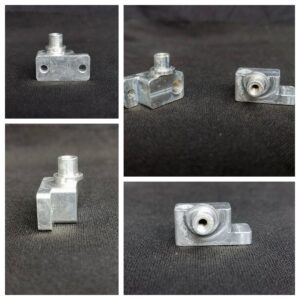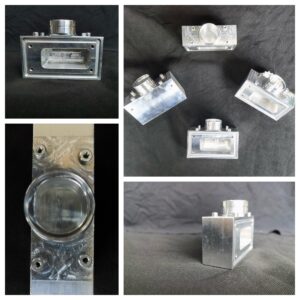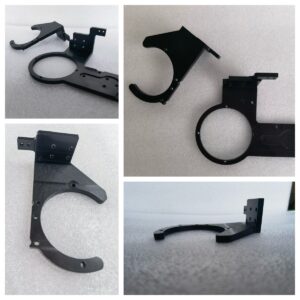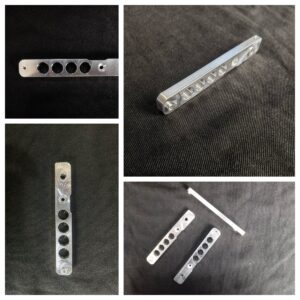The stringing end machining of rackets primarily involves the manufacturing and processing of the racket frame, especially the treatment of string grooves, racket ends, and related structural features. Below are the key steps and considerations in the racket machining process:
Material Selection
Selecting appropriate materials is the first step in racket manufacturing. Common materials include carbon fiber, wood, and aluminum alloys.
Design & Modeling
Use CAD software to design and model the racket, ensuring every detail meets performance and aesthetic requirements.
Cutting & Shaping
Materials are cut and shaped according to design drawings, typically requiring precision cutting equipment and molds.
Stringing End Processing
Machine the string grooves at the racket ends, ensuring groove depth and width comply with standards for proper string installation and tension adjustment.
Surface Treatment
Perform sanding, painting, or coating on the racket surface to enhance durability and appearance.
Assembly & Adjustment
Assemble the various parts and perform adjustments to ensure the racket??s balance and performance.
Quality Inspection
Conduct rigorous testing including strength tests and weight checks to ensure the racket meets quality standards.
Packaging & Shipping
Package the qualified rackets properly and prepare for shipment.
Throughout the machining process, precision and quality control are crucial, especially in the machining of the stringing ends, as they directly affect the racket??s performance and durability.



















